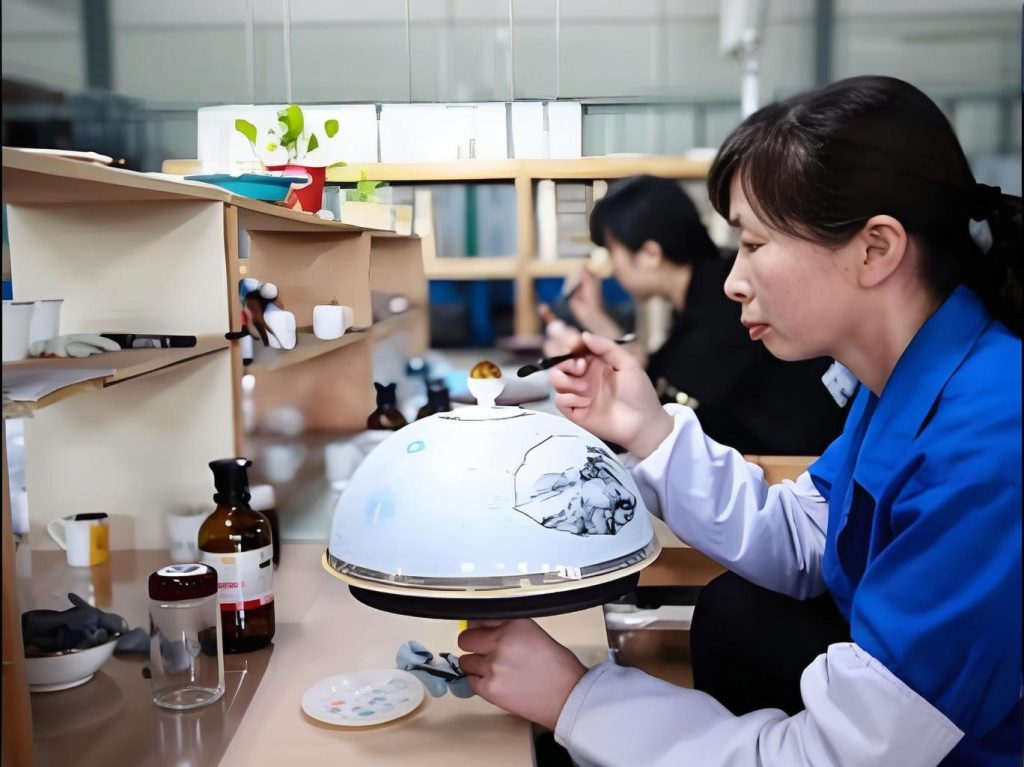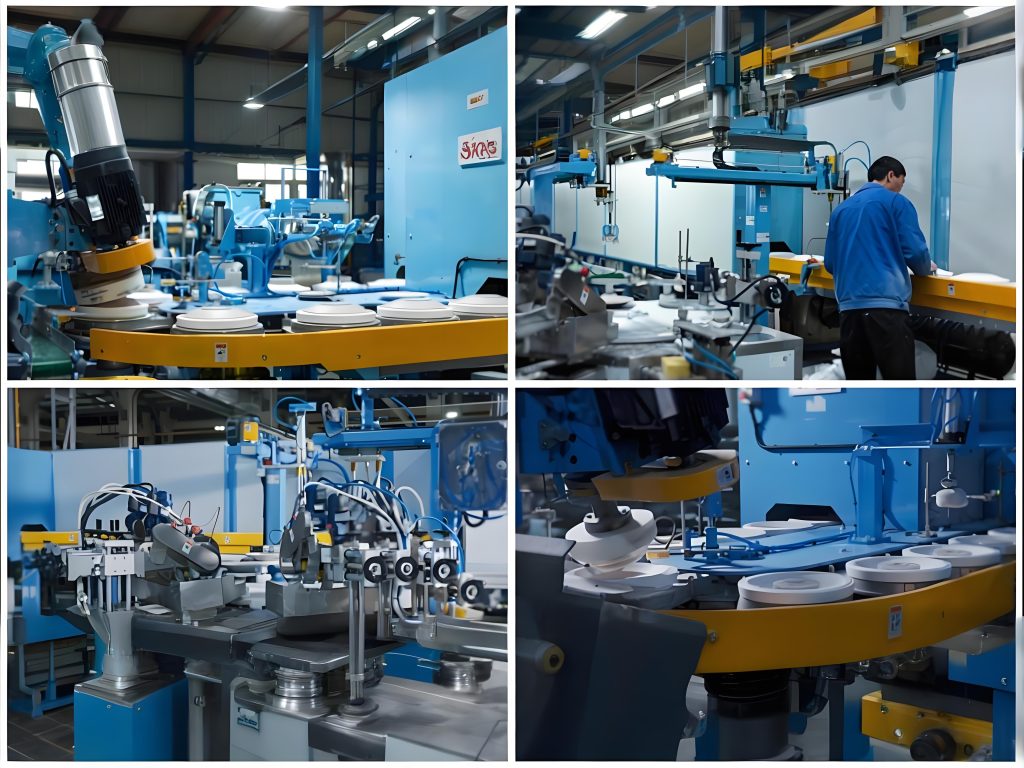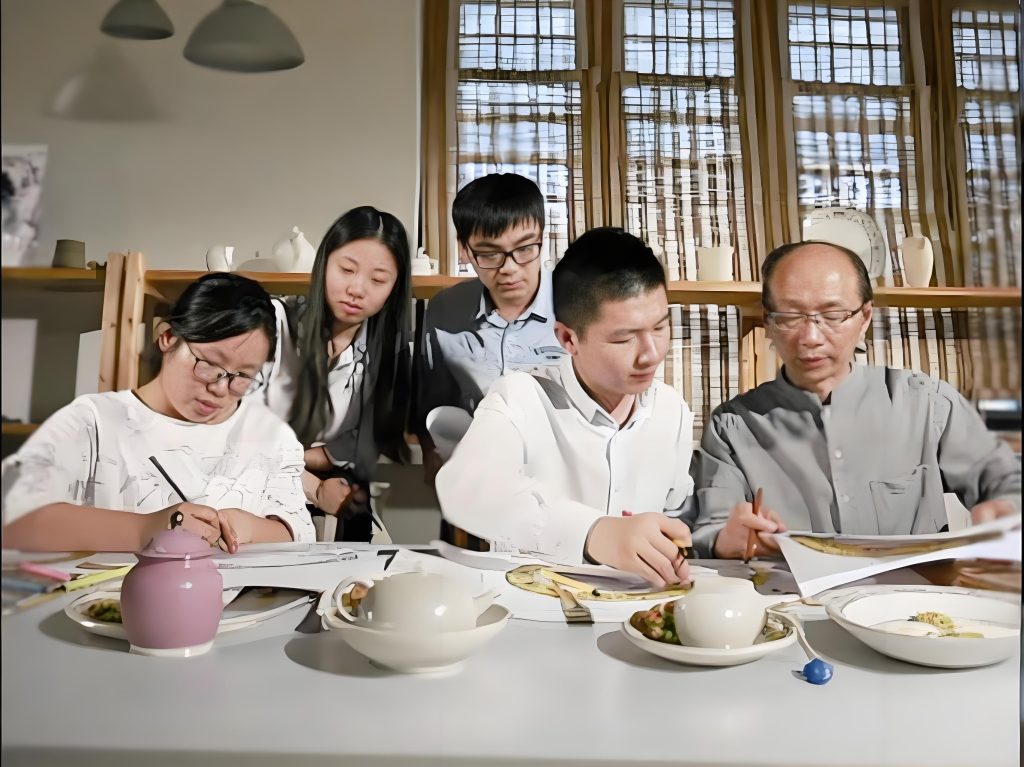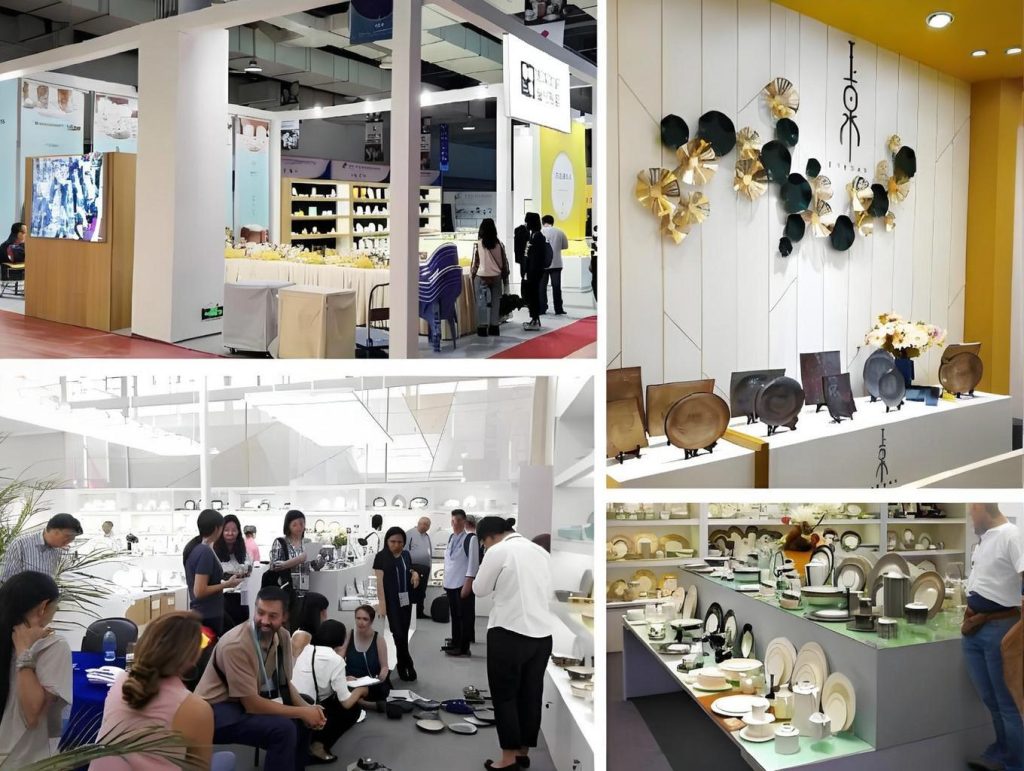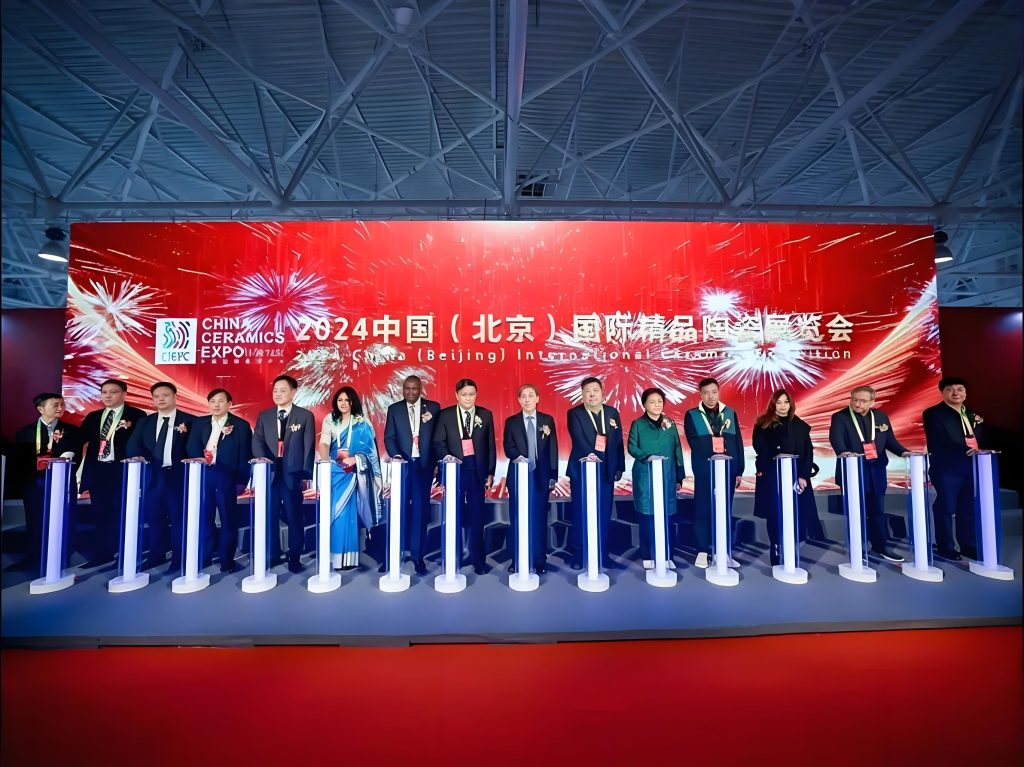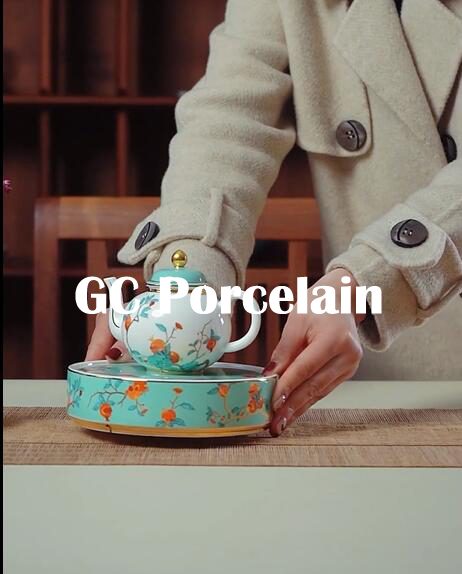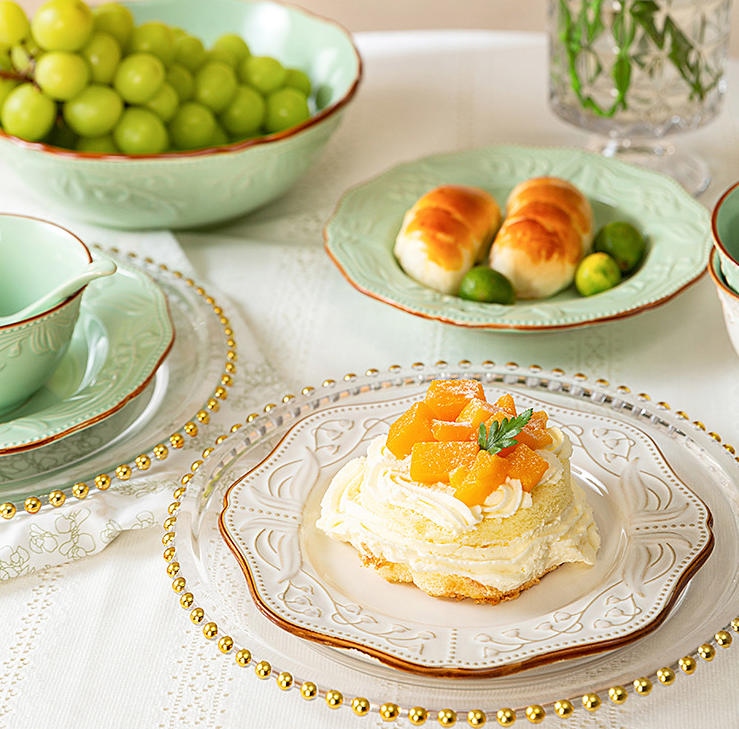Chinese Restaurant Porcelain: Why Those Bowls and Plates Just Feel “Right”
Part 1: Porcelain That Screams “Chinese Restaurant”
Last week I went to a new Chinese restaurant with friends. Before we ordered, I blurted out: “This place should be authentic.” My friend asked how I knew. I paused—couldn’t pinpoint exactly what, but I just felt it.
Later I saw a Reddit post on r/Cooking. Title: “Why do all Chinese restaurants use the same plates?” Over 300 comments exploded below. Some said “cheap and durable.” Others said “cultural heritage.” One guy with 15 years in the business dropped this bomb: “They’re not all the same. You’ve just gotten used to what feels ‘right.’”
That hit different.
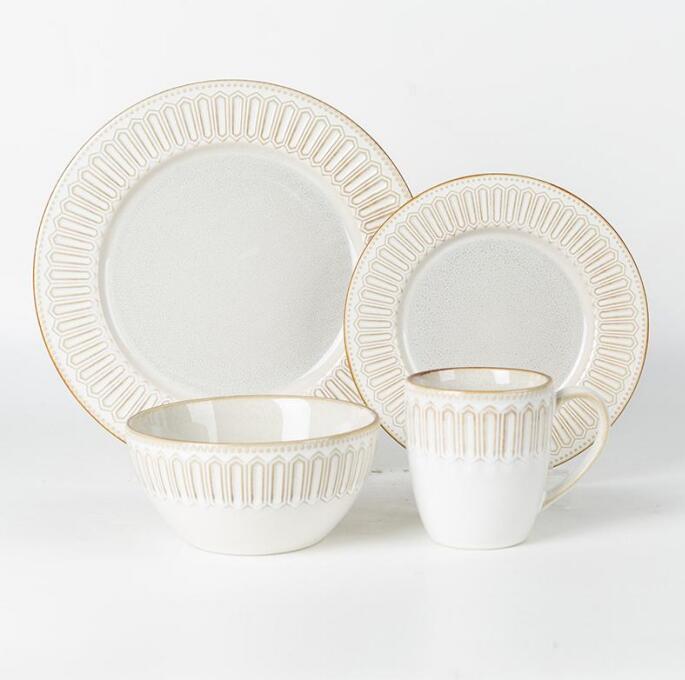
Part 2: Quora’s Expert Take: More Than Just “Pretty”
I searched “Chinese restaurant porcelain” on Quora. Found way more discussion than expected. A ceramics expert shared something interesting:
“Chinese restaurant porcelain standardization results from functional needs and cultural symbols. Those white bowls with blue patterns, round deep plates—they’re not random designs. They perfectly suit Chinese cooking: soup bowls that don’t burn hands, plates deep enough for picking up food, stackable to save space.”
He gave an example: Why do Chinese restaurants rarely use square plates? Because of lazy Susan culture. Round dishes stay stable when rotating. No sharp corners means less chipping risk. You don’t notice these details until square plates suddenly feel “off.”
Another top answer mentioned costs. A restaurant owner who did purchasing in LA’s Chinatown revealed: Most Chinese restaurant porcelain comes from a few fixed tableware manufacturers, especially factories in Guangdong’s Chaozhou and Fujian’s Dehua. These places have deep history and complete supply chains. More importantly—they totally get what Chinese restaurants need.
“You tell them you want ‘stew cups,’ they instantly know the capacity, glaze color, whether the lid needs air holes. But ask Western tableware manufacturers for custom orders, and just communication takes multiple rounds.” That’s what he said.
Part 3: Reddit’s Real Talk: Those “Ugly-Beautiful” Dishes
If Quora leans academic, Reddit’s where folk wisdom lives. On r/WeWantPlates (a forum roasting weird tableware), I noticed something: Almost nobody complains about Chinese restaurant dishes.
Not because they’re fancy—quite the opposite, many find them “pretty plain.” But like one user said: “You know what? Those thick porcelain bowls might not win design awards, but they make the food taste right.”
Tons of “+1s” followed. Someone added: “Eating kung pao chicken on fine bone china at home always feels incomplete. Switch back to those white plates with blue trim, and boom—instant homey vibe.”
A Chinese-American user shared childhood memories. Grandma’s house always had that 1980s blue-and-white bowl set. Even with a chipped edge, she wouldn’t toss it. Years later, opening his US restaurant, he had someone bring the same style from China. “Customers ask why not use modern designs. I say—This isn’t just a bowl. It’s part of the atmosphere.”
Part 4: Those “Little Tricks” You Never Noticed
Digging deeper revealed real expertise in Chinese restaurant porcelain.
1. Glaze color choices matter
Pure white looks clean but shows age easily. Ivory white hides stains better and complements food colors. High-end restaurants love “bone china” for its translucence. But it’s not ideal for hot dishes—heats up too fast, burns your hands. Budget Chinese restaurants are actually more practical: thicker everyday porcelain with perfect insulation.
2. Size “unwritten rules”
Small bowls (10-12cm diameter): rice, soup
Medium bowls (15-18cm): noodles, stews
Large plates (25-30cm): shared dishes, banquet mains
This sizing system is basically industry default. The logic: A table of 8-10 people, serving 6-8 dishes, bowls and plates sized so one lazy Susan rotation isn’t crowded. This “modular” design lets tableware manufacturers mass-produce. Restaurants save hassle too—replace broken pieces with identical matches easily.
3. “Imperfection aesthetics” exists
A user who spent time in Jingdezhen spilled: High-end restaurants ordering custom porcelain sometimes request “handmade feel”—like intentionally blurred blue patterns, glazes not perfectly smooth. Too perfect looks industrial, loses handcrafted warmth.
But this trick doesn’t work for budget Chinese restaurants. Owners want “tough”—doesn’t break when dropped, survives high-temp dishwashers, stacks securely. So you’ll notice street restaurant bowls are especially thick with reinforced edges.
Part 5: Chinese Restaurant Porcelain: What Changes and What Doesn’t
Recently, some modern Chinese restaurants started “mixing”—Japanese minimalist long plates with Sichuan food, Nordic matte bowls for Cantonese dim sum. Someone on Reddit asked: “Is this cultural appropriation?”
Comments got interesting. Critics said: “Perfectly good Chinese food forced into those cold minimalist bowls feels wrong.” Supporters argued: “Tableware’s just a carrier. If food tastes good, who cares about rules?”
I lean toward one consultant’s view: Vessel choice is essentially your target customer’s visual language. Opening in Chinatown? Traditional porcelain is the “right answer”—customers want that familiar feeling. But attracting young people or foreigners? Moderate innovation actually scores points. Their definition of “authentic” is broader anyway.
One thing rarely changes though: Chinese restaurants rarely use disposable tableware or paper plates. A Quora comment nailed it: “Porcelain is part of the ritual. You don’t serve dim sum in cardboard.”
This probably explains why, even in the takeout era, many Chinese restaurants still pack food in porcelain bowls and plates—higher cost, but “proper presentation” can’t be compromised.
Part 6: Industry Stories Behind the Porcelain
Can’t skip mentioning tableware manufacturer survival realities.
I contacted a friend running a Chaozhou ceramics factory. He said the industry’s pretty contradictory lately. On one hand, global Chinese restaurants keep growing (especially Southeast Asia and Europe), so orders flow steady. On the other hand, profits keep shrinking—raw materials cost more, environmental standards tighten, but restaurants haggle harder.
“A 6-piece bowl set used to wholesale for 80-100 yuan. Now 40 yuan gets complaints. But can we cut corners? No way—restaurants need ‘unbreakable, long-lasting.’ So we compress other costs—simplified packaging, sea freight shipping, fewer pattern varieties.”
He mentioned a trend: More restaurants skip middlemen and order directly from factories. Especially chains, ordering tens of thousands of pieces at once. They want their logos printed and sign NDAs preventing identical pieces hitting the market. Opportunity for small factories, but also means—the era of “standardized bestsellers” might be ending.
“Maybe there won’t be ‘that bowl every Chinese restaurant uses’ anymore. Each place wants something different to show their style,” he said.
But then he laughed: “But guess what? Those custom orders, 90% are just tweaks on traditional styles—change border colors, adjust depth, essence stays same. Because everyone knows deep down what vessels suit Chinese food.”

Part 7: Final Thoughts
Writing this reminded me of something. Last trip home, eating at a hole-in-the-wall in my small hometown. The bowl the owner brought out—white base, blue trim, slightly chipped edge. Identical to ten years ago when I ate there.
I asked: “How long have you used this bowl?” He didn’t look up: “Twenty years maybe. Bought at wholesale market back then. Good quality. Won’t break.”
That moment I suddenly understood: These porcelain pieces are “everywhere” not because there’s no choice, but because they’ve passed the test of time and countless hands, finally becoming an “understanding.” Like when you go to a Chinese restaurant, see that familiar bowl set, you just know without thinking—a solid meal’s coming.
As for restaurants wanting “different,” that’s fine too. Times change, tastes change. As long as food’s good, vessels are just icing on cake.
But I still prefer those “old standards.”
Because some things should just be what they’ve always been.
Side note: If you’re interested in stories behind tableware, visit your local ceramics wholesale market. Those stacks of bowls and plates on shelves each represent an industry chain snapshot. Better than looking at pictures online. Touch their thickness, feel their weight. You’ll understand why “cheap” and “useful” never contradict in this industry.
Maybe next Chinese restaurant visit, like me, you’ll can’t help taking a closer look at those “taken-for-granted” bowls and plates. They might not be fancy. But they’re definitely sincere.
If you have any questions or need to custom dinnerware service, please contact our Email:info@gcporcelain.com for the most thoughtful support!

